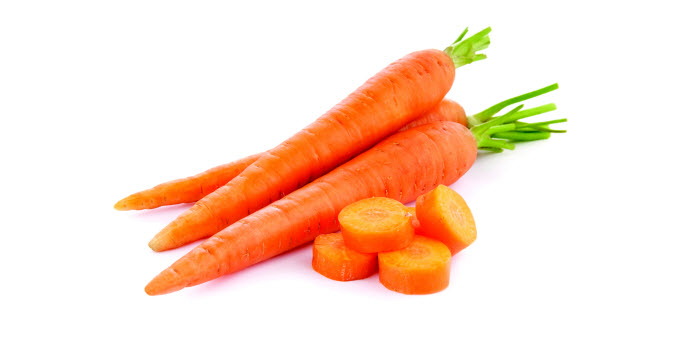There is a touch of the sublime in a roasted pan of beets, parsnips and carrots, graced with a bit of balsamic vinegar and served when the dawns are touched by frost. Their sweetness recalls the warmth of the summer sun, when every day in the garden was a day of promise.
If the harvest came from your own bit of earth that very day, then the satisfaction in this goodness is all the better. You grew these three wonderful vegetables. you know that they are free of anything noxious and you can trust in their red, white and orange perfection.
It is not just the roasting pan that these three have in common. They are all root vegetables and, as such, they all share a delight in a light, penetrable soil, rich in organics and pleasantly moist, although drying out followed by a drenching can cause carrots to split.
All three plants have an affinity for certain planting companions, among them onions and garlic, bush beans (but not pole beans, the climbing type) peas, brassicas and lettuce. They like their seeds to be started in warm soil where carrots and parsnips will germinate in two to three weeks and beets will leap from the ground in five to 12 days.
Parsnips are the most finicky. They are biennials and their tiny seeds demand to be planted within a season after production. Most don’t stay viable beyond that. Sow them lightly, a half inch deep after soaking them overnight.
You might want to test the soil to ensure that it is above 8°C, but preferably about 12°C to 14°C, and then don’t be anxious. It takes them time to germinate, which they do best and fastest at the higher temperatures. It takes 120 days to get a parsnip crop, but they are sweetest when harvested after the first hard frost and up until just before the ground freezes. Harvest them as their leaves begin to die back.
Carrots have almost microscopic seeds, which can be purchased pelleted for easier planting and less thinning later. Their seeds stay viable longer — up to three years — but they too take about three weeks to come up. Carrots mature in 70 to 80 days, when they turn bright orange, but their sugars, too, are stimulated by a period in a frost-covered ground.
To track just where you have planted these two, it is a good idea to plant radishes along the rows. The radishes will come up very quickly and be ready to harvest in time for the first thinning of the carrots or parsnips.
Thinning is important for these two crops. They need room to mature without competition. Keep thinning parsnips until there is only one root every six to 10 inches. You will want to keep at least three to four inches apart for carrots, but you may want to harvest the second thinning for a special mid-summer meal of the little immature roots.
As carrots grow, they may begin to push their shoulders above the ground. Hill them or cover these sensitive parts with mulch to avoid greening from exposure to the sun and a resulting bitterness.
Beets are less fussy and prove earlier rewards, especially if you like beet greens. When thinning, use the whole plant, tops and all, for a special salad. Beets enjoy a mulching of mint leaves, which helps to repel flea beetles and aphids. Their seeds remain viable at least three years. They need to be thinned to three to six inches apart when they reach two inches tall.
All three vegetables are chock full of vitamins and minerals and other good things. Carrots are famous for their beta carotene and they have lots of vitamin A and C, as well as minerals and fibre. Parsnips have vitamin B, C and E, along with iron, thiamine and magnesium. Beets also contain vitamin C and lots of antioxidants, but they offer a bonus of something called betaine, which is essential to heart health. Beet leaves also add minerals to the soil they are planted in.



